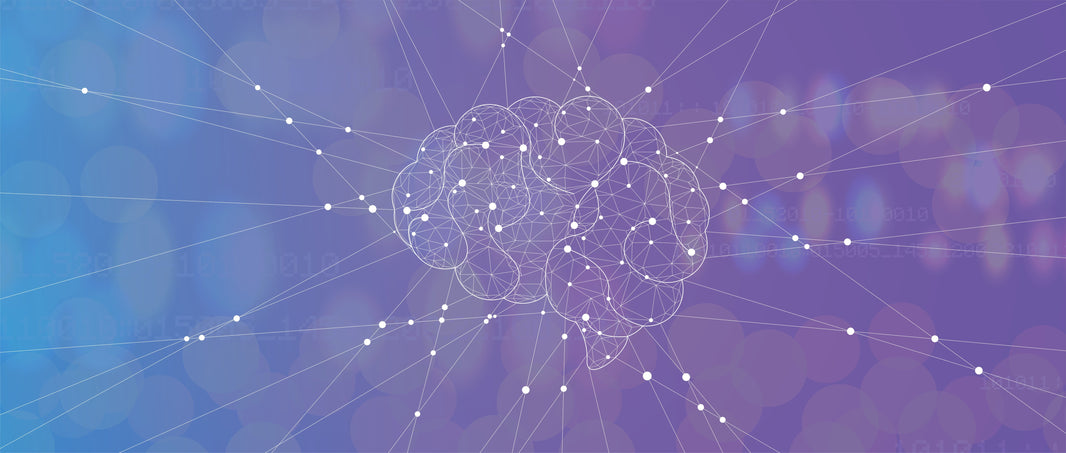Loss aversion is a fascinating phenomenon that plays an important role in both psychology and economics. In short, loss aversion refers to the tendency to prioritize losses more than gains. People generally want to avoid losses, even if it means sacrificing potential gains. This tendency can be observed in a variety of decision-making situations and often influences our behavior in seemingly irrational ways.
The importance of loss aversion can be traced back to the way we process and evaluate information. Psychologically speaking, we perceive the pain caused by a loss as more intense than the pleasure brought by an equivalent gain. This means that the pain of losing 100 euros is greater than the pleasure of winning 100 euros. As a result, we are more willing to take risks to avoid a loss than to achieve a gain.
Loss aversion has far-reaching implications for various aspects of our lives, from everyday decisions to complex economic and political decisions. For example, loss aversion can explain why we often struggle to throw away things we no longer need or why we resist change, even when it might be objectively beneficial. In economics, loss aversion impacts investor investment behavior, product pricing, and even employment contracts.
Loss aversion in action
To illustrate this point, the famous experiment by Tversky and Kahneman from their groundbreaking 1979 paper " Prospect Theory: An Analysis of Decision under Risk " is a prime example. The study impressively confirms the human tendency toward loss aversion and provides important insights into decision-making under uncertainty.
The experiment revolved around a hypothetical disease that had emerged in the United States and was expected to claim 600 lives. Participants were presented with two different treatment options, each with different outcomes. In the first, Option A was to safely save 200 people, while Option B offered a 1/3 probability of saving all 600 people and a 2/3 probability that no one would be saved. The vast majority of participants chose Option A, indicating a preference for the safe outcome.
In the second variant, however, the options were worded to emphasize the loss. Option C guaranteed that 400 people would die, while Option D offered a 1/3 probability that no one would die and a 2/3 probability that all 600 people would die. Although the outcomes of Options A and B, and C and D, are mathematically equivalent, most participants this time chose Option D, the riskier outcome.
This experiment highlights loss aversion, as participants chose the safe option in the first scenario to avoid losses, while in the second scenario they took the risk to avert potential losses. By cleverly reframing the options, Tversky and Kahneman were able to show that people are more strongly motivated by the fear of losses than by the prospect of gains. This phenomenon has far-reaching implications for our decision-making processes, both in everyday life and in economic and political contexts.
Examples of using loss aversion in marketing, on websites and in negotiations
Loss aversion, deeply rooted in the human psyche, plays an important role in various areas of our lives, particularly in marketing, websites, and negotiations. By understanding this phenomenon, companies and individuals can develop strategies to achieve their goals more effectively and better shape their decisions.
In marketing, companies exploit loss aversion to attract customers and encourage them to purchase products or services. One common tactic is to use limited-time offers or discounts that make potential customers feel like they could miss out on something valuable if they don't act immediately. Another method is to offer free trials or money-back guarantees, which reduce the risk of loss for the customer and thus increase the likelihood of a purchase.
An example of the use of loss aversion in marketing is the study by Nunes and Park¹ on " Incommensurate Resources: Not Just More of the Same ." The researchers examined the effect of loss aversion on the perception of customer loyalty programs, particularly frequent flyer programs. They found that participants who were presented with a loss of airline miles (rather than a gain) were more willing to pay higher prices to retain the miles. This study demonstrates how loss aversion can be used to increase customer engagement in such programs.
Loss aversion is also commonly used on websites. Pop-ups offering visitors the opportunity to sign up for a newsletter or receive an exclusive offer often include a "Not Interested" or "Don't Miss This Chance" button. This leverages the fear of missing out, creating urgency that increases the likelihood that visitors will accept the offer or at least continue browsing the site.
A study by Agarwal et al.² examined how loss aversion can be used in website design to encourage users to stay on the site and increase their activity. The researchers found that using pop-up windows that alert visitors to the potential loss of an opportunity was effective in increasing website retention and increasing the likelihood of a purchase.
In negotiations, loss aversion is a powerful tool for strengthening one's own position or weakening that of one's opponent. Negotiators often use the fear of loss to exert pressure on the other party and force concessions. For example, in salary negotiations, an employer may emphasize the looming threat of dismissal or the hiring of alternative candidates to persuade the employee to accept a lower salary offer. Similarly, in price negotiations, a salesperson may point out that there are other interested parties willing to pay the asking price and that the buyer could lose the desired item if they do not act quickly.
A study by Galinsky and Mussweiler³ demonstrates how loss aversion can be used in negotiations. In their experiment, they found that negotiators who focused on and emphasized the other side's losses achieved better results than those who focused on potential gains. This study underscores the importance of loss aversion in shaping negotiation strategies.
The future of loss aversion
An important aspect that is likely to be explored in the coming years is the identification of factors that influence loss aversion. This includes how individual differences, cultural conditioning, or social contexts can alter the strength of loss aversion. These insights could help develop personalized decision-making strategies that are better tailored to people's needs and preferences.
In addition, research into the neural basis of loss aversion will continue to advance. Using modern imaging techniques, such as functional magnetic resonance imaging (fMRI) and electroencephalography (EEG), scientists can identify the brain regions and mechanisms underlying loss aversion. A better understanding of the neural processes could help develop targeted interventions to reduce inappropriate loss aversion or promote situation-appropriate decision-making.
Furthermore, artificial intelligence (AI) and machine learning could help better model and predict loss aversion. By analyzing large amounts of data and recognizing patterns in human behavior, AI systems could develop more effective strategies to exploit or minimize loss aversion in different contexts. This could be highly beneficial both for improving marketing strategies and promoting rationality and efficiency in decision-making processes.
Sources:
¹ Nunes, JC, & Park, CW (2003). Incommensurate Resources: Not Just More of the Same. Journal of Marketing Research, 40(4), 26-38.
² Agarwal, R., Hosanagar, K., & Smith, MD (2011). Location, location, location: An analysis of profitability of position in online advertising markets. Journal of Marketing Research, 48(6), 1057-1073.
³ Galinsky, A.D., & Mussweiler, T. (2001). First offers as anchors: The role of perspective-taking and negotiator focus. Journal of Personality and Social Psychology, 81(4), 657-669.









